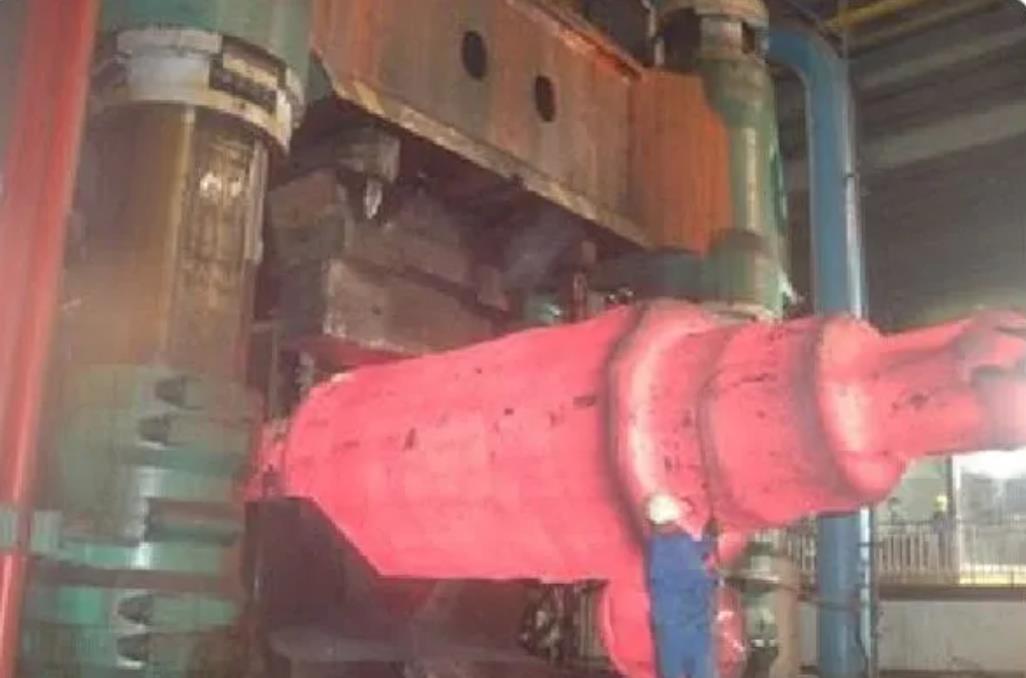Keywords: rolling, rolls
Description: This study identifies rolling rhythm as a key factor determining rolling mill output. Under specific conditions, a longer total rolling duration leads to greater temperature loss in the rolled product, which consequently affects product quality, roll groove wear, and energy consumption.
Impact of Rolling Time and Rhythm on Steel Quality
The rolling mill schedule represents and reflects the relationship between rolling passes and time. Parameters such as rolling time, gap time, rolling rhythm, and total rolling duration indicated in various rolling schedules are referred to as the characteristic times of the schedule. Different mill configurations and rolling methods result in different types of rolling schedules, meaning the patterns of these four characteristic times vary accordingly.
Rolling Time
This is the net time during which the material is actively being rolled—from entry into the roll gap until exit. It can be measured directly or calculated using the formula:
Trolling=LvTrolling=vL
where LL is the length of the rolled piece (in meters), and vv is the rolling speed (in m/s).
The rolling speed vv is given by:
v=π×D×n60v=60π×D×n
where DD is the work roll diameter (in mm), and nn is the rotational speed of the roll (in rpm).
Gap Time
This refers to the time interval between two consecutive passes during rolling—specifically, from the exit of the previous piece to the entry of the next one. In section steel mills, gap time varies depending on mill layout and rolling practices.
Rolling Rhythm
Rolling rhythm is the time required for a mill stand to process one piece of steel—i.e., the interval between rolling the first and the second piece. This parameter critically influences the productivity of the rolling mill.
Total Rolling Duration
This is the entire time taken to roll one piece of steel, sometimes referred to as the rolling cycle (e.g., in blooming mills). It spans from the entry of the stock into the first pass until its exit from the last pass. This duration includes both the rolling times for each pass and the inter-pass gap times, as well as any interval between consecutive billets.
The length of the total rolling duration significantly affects the temperature drop of the rolled product. Under certain conditions, a longer total rolling time results in a greater temperature decrease by the end of the process, which in turn influences product quality, accelerates roll groove wear, and increases energy consumption.


